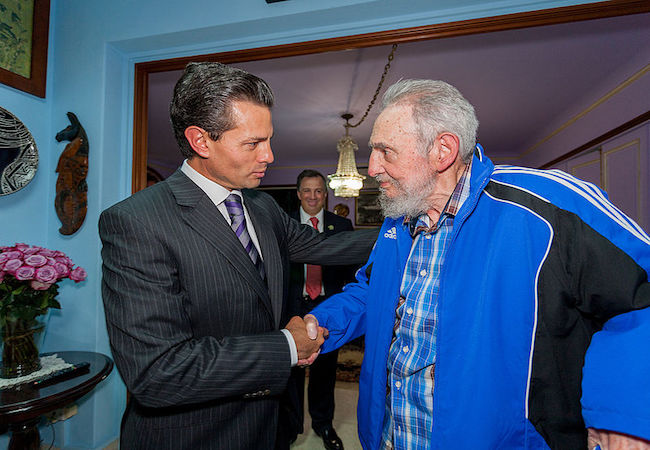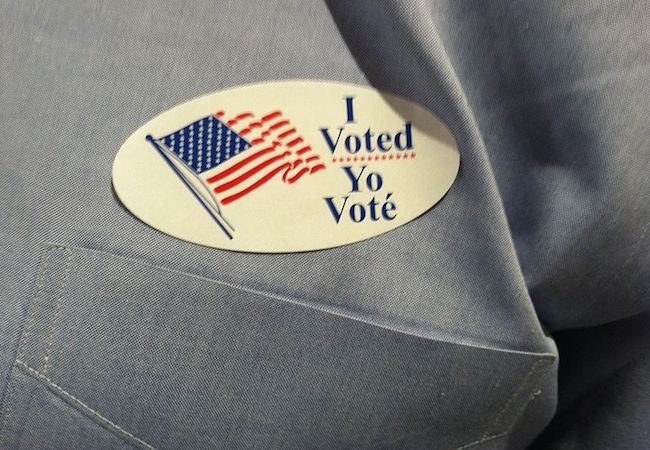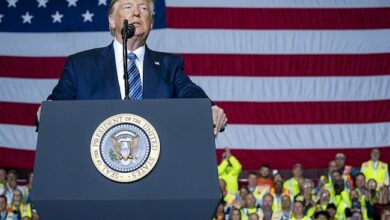
By Abdul Ruff
Fidel Castro, South American leader and Cuba’s former president, known as leader of the Cuban Communist revolution and iron man who could have caused a missile war in 1963 with USA by pushing the missile button, has died aged 90. His brother and now Cuban President Raul Castro announced that the country’s most iconic leader, Fidel Castro breathed his last on Saturday. Ashen and grave, President Castro told the nation in a late night broadcast on state television that Fidel Castro had died and would be cremated on Saturday. There would now be several days of national mourning on the island.
Fidel Castro ruled Cuba as a one-party state for almost 50 years before Raul took over in 2008. His supporters said he had given Cuba back to the people. But he was also accused of suppressing opposition to uphold one party rule .
In April, Fidel Castro gave a rare speech on the final day of the country’s Communist Party congress. Barring the occasional newspaper column, Fidel Castro had essentially been retired from political life for some time, the BBC’s Will Grant in Havana reports. He acknowledged his advanced age but said Cuban communist concepts were still valid and the Cuban people “will be victorious”.
Famous for resisting the American nation at the height of its powers during the Cold War era, Fidel was synonymous with the tiny nation and almost always at the centre of a controversy. He had been battling ill-health for a while, which had forced him to retire from public office and cede power to the current incumbent, Raul Castro.
Immortalized in many film and novels, Castro was a staunch Communist and very much anti-US during the early days of his tenure at least. His habit of always smoking a Cuban cigar was aped by many around the world, and the fact that he survived multiple assassination attempts by the CIA only added to his legend.
Throughout the Cold War, Fidel Castro, a staunch ally of Moscow, was Washington’s bete noire. An accomplished tactician on the battlefield, he and his small army of guerrillas overthrew the military leader Fulgencio Batista in 1959 to widespread popular support. Within two years of taking power, he declared the revolution to be Marxist-Leninist in nature and allied the island nation firmly to the Soviet Union. Yet, despite the constant threat of a US invasion as well as the long-standing economic embargo on the island, Castro managed to maintain a communist revolution in a nation just 90 miles off the coast of Florida.
Despised by his critics as much as he was revered by his followers, he outlasted ten US presidents and defied scores of attempts on his life by the CIA.
Castro is survived by his wife, Dalia Soto del Valle and nine children from his two marriages
Fidel Castro’s key dates
- 1926: Born in the south-eastern Oriente Province of Cuba
- 1953: Imprisoned after leading an unsuccessful rising against Batista’s regime
- 1955: Released from prison under an amnesty deal
- 1956: With Che Guevara, begins a guerrilla war against the government
- 1959: Defeats Batista, sworn in as prime minister of Cuba
- 1961: Fights off CIA-sponsored Bay of Pigs invasion by Cuban exiles
- 1962: Sparks Cuban missile crisis by agreeing that USSR can deploy nuclear missiles in Cuba
- 1976: Elected president by Cuba’s National Assembly
- 1992: Reaches an agreement with US over Cuban refugees
- 2008: Stands down as president of Cuba due to health issues




